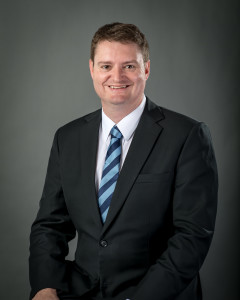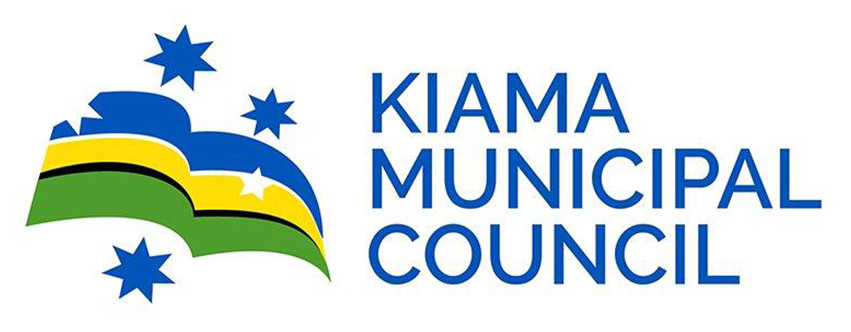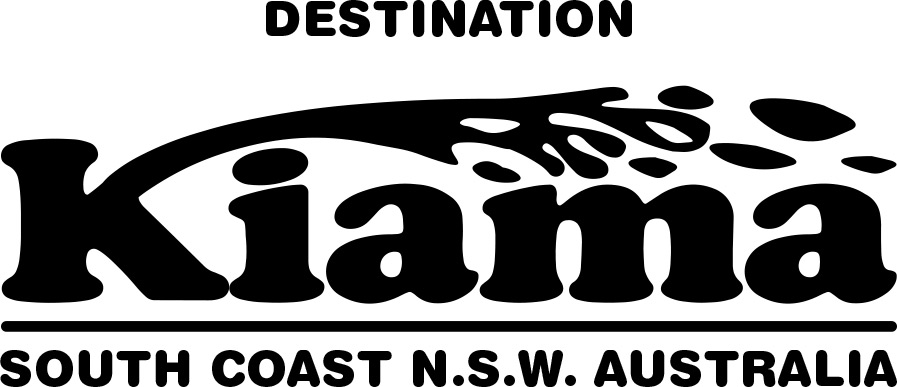Football NSW CEO Stuart Hodge
It’s a long way from the exotic holiday destination of Qatar to the home of NSW Football in the picturesque suburb of Parklea, but FNSW CEO, Stuart Hodge, has adjusted to life in his new role like a duck to water.
Fortunately, Hodge had the benefit of working four years at the FFA, before working in the Gulf state in senior management roles for the last seven years, so he is no stranger to the politics of Australian football.
However, Hodge see himself as a hands on operational manager and his focus is purely on advancing the game to the wider sporting public.
Football is in his blood, being the son of a lifetime Liverpool FC supporter and he will not let any barriers stand in his way to achieve the right outcomes for football in this state.
In this interview, Roger Sleeman puts Stuart Hodge under the microscope to establish what direction the game is taking.
ROGER SLEEMAN
It’s been a long time since you worked in football at the FFA. Is this your biggest challenge yet in returning to a landscape where personal egos dominate the sport?
STUART HODGE
On the contrary, after nine months in the job I can see enormous potential if we can harness a unity of purpose in the game. I observe we don’t sell ourselves enough, especially when we have such large participation numbers which have never been leveraged to progress the game.
This is the incredible puzzle which has to be solved because we can’t be the “Sleeping Giant” forever.
However in saying that, what has been achieved at Football NSW in the last five years is the envy of most sports.
R.S.
How do you see the current state of Australian football?
S.H.
I cast my eye at the lack of facilities for players and the 20% loss of games due to bad weather.
Some areas are actually turning players away because clubs can’t provide any more places.
It would be great to have more synthetic pitches and more adequate changerooms, particularly for women’s football which is growing so rapidly.
Also, night football is now further in demand so a co-ordinated effort is required to work with government to acquire funding for high standard floodlighting
If we don’t achieve these targets, more kids won’t be able to play.
Also it’s critical to train more coaches and referees and involve more volunteers in the growth of the sport.
R.S.
Is Football NSW doing enough to promote the game beyond amateur level, and how are you working with NPL clubs to improve their profile?
S.H.
Obviously the NPL clubs need more identity in the sporting landscape so we are increasing our streaming of games.
Last year we streamed through Facebook and fans could watch games through Twitter by hooking their iphone to a television.
The ability to connect more platforms with the NPL will depend also on gaining greater commercial backing.
R.S.
Is the kick off time of 6.30 or 7.00 p.m. in winter an impediment to attracting more spectators for 1st grade NPL matches?
S.H.
We do take requests to vary playing times but the competition schedule is huge and with youth league commitments and limited playing facilities, this is a difficult issue to combat.
R.S.
Isn’t it really about clubs needing the revenue from Youth League to sustain their existence?
S.L.
I think it’s more about Youth League development of quality players and including them in the club structure.
R.S.
How can the exorbitant fees for Youth League players be justified when the other codes charge small amounts for the right to play?
S.H.
Community football is still good value when you consider that parents pay larger amounts for dancing, gymnastics or swimming for their children.
In relation to elite youth football, the costs of electricity, insurance, ground hire and other costs continue to rise.
With elite football you need quality coaches, better pitches, multiple training sessions and there are a myriad of other costs in running a club.
However, we do want to work with clubs to try and reduce the costs.
With representative selections we already subsidise state players when they travel, e.g. If the cost of playing interstate is $2,500 per player, we pay as much as $1,000 towards the cost for each player.
R.S.
NPL crowds are pathetic, so what is FNSW doing to arrest this trend?
S.H.
As I mentioned previously, social media and streaming is increasing but I accept we have to work more closely with bigger media.
Recently, I had a meeting with Tom Smithies from the Daily Telegraph to gain more exposure.
The FFA Cup has come a long way in promoting NPL clubs but there are significant costs in broadcasting and we must gain more significant commercial backing to get the word out there that we have a very good product.
Hence, the launch this year of our “Watching Football Campaign”, where we’ll be working with companies like Ultra Football and attempting to increase our commercial profile and sponsorships.
At the moment we’re working on a strategic plan which will encompass clubs, other stakeholders and will offer the chance for supporters to provide feedback as to what their expectations of the game are.
R.S.
You worked at the FFA at its inception.
What is your current relationship with them, particularly in view of the Congress standstill and FIFA’s involvement?
S.H.
I leave the politics to the Board and concentrate on operating matters.
We are trying to work with FFA to achieve this unity of purpose by approaching governments in a unified manner like other sports do.
Significantly, the FFA does respect us but they have their priorities and we have ours.




